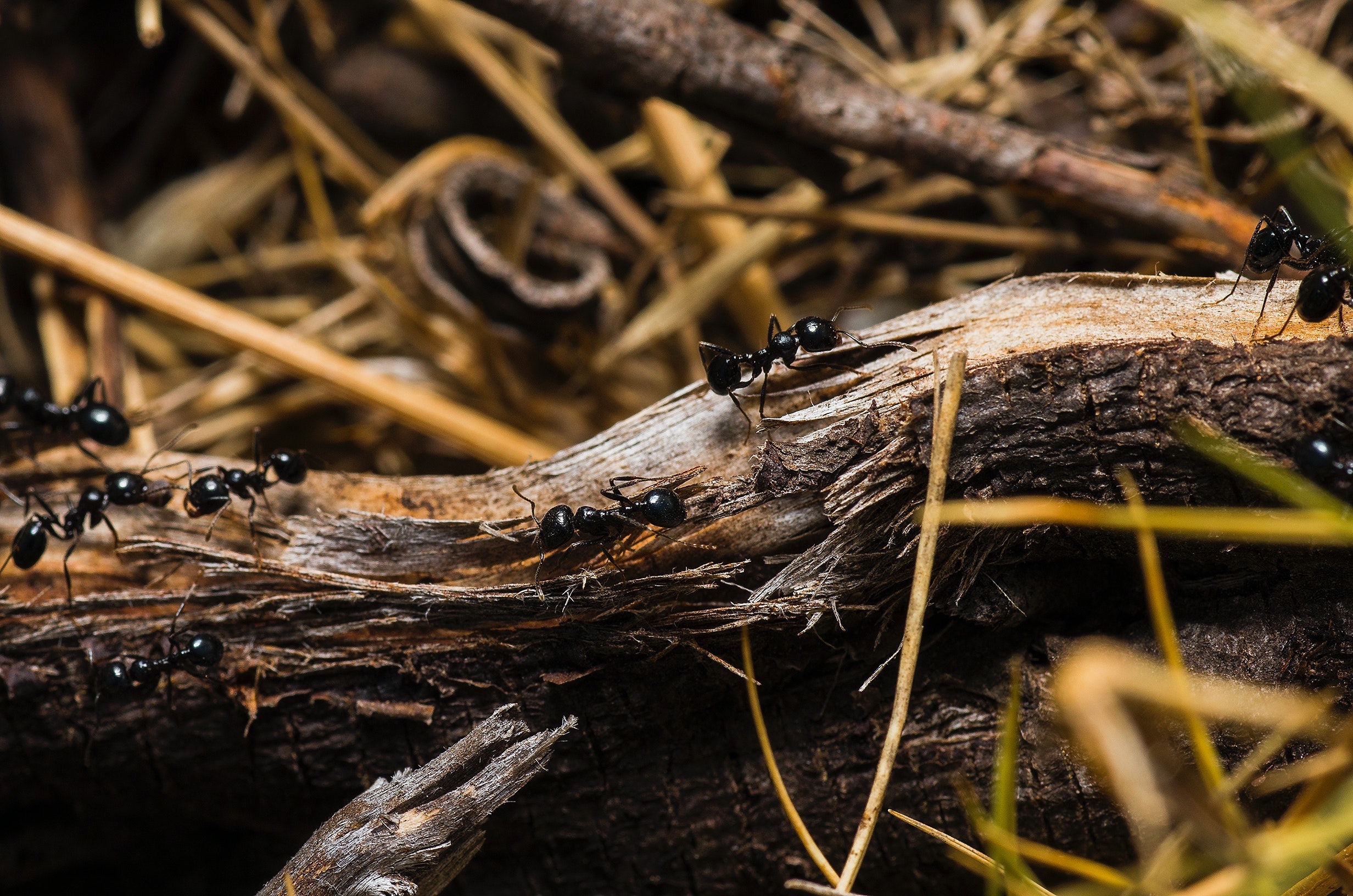When homeowners think about the hazards that jeopardize the integrity and condition of their roofs, they don’t often think about wood-destroying insects.
As the more attention-grabbing hazards like ice dams, storms, and tree debris are talked about more often than pests and insects, it doesn’t mean that little critters cannot cause big damage.
Wood-destroying insects come in all shapes, sizes, and species. But they have one characteristic in common: they can destroy the wood in your home, both ornamental and structural, and cause major headaches to homeowners.
In this article, we are going to look at the four main types of wood-destroying insects and examine how they can impact your roof and your home.
Most importantly, we will be providing some tips and procedures to best help you prevent and deal with wood-destroying insects if you have them in your home.
Did You Recently Install New Gutters?
Learn How To Keep Them In Good Operation – Read Our Recent Blog
There are four primary wood-destroying insects that homeowners in New England should be concerned about. As an Arlington, MA roofing company, we’ve seen the damage that these critters can do to your roof and home first-hand. Unfortunately, it happens. But, these types of infestations can be handled with the proper precautions.
Carpenter Bees
Just as the name would insinuate, these bees have a fixation with wood. Unfortunately, this fixation can be with the wood used to build your home or support your roof.
Carpenter bees do not eat wood, but they drill circular holes inside the wood to live in it. Many homeowners will discover carpenter bees nesting in frames, eaves, or on the wooden sides of buildings.
Carpenter bees pose a threat to properties because they can deplete the structural integrity of the wood after years of boring holes. Also, carpenter bee larvae may develop within the wooden holes that the adult bees create. If this happens, woodpeckers can exacerbate the issues by digging even further into the carpenter bees’ nesting holes to eat the larvae.
Powder Post Beetles
These beetles lay their larvae in wood structures around your home, and if left untreated, they can consume the cellulose in the wood fibers, leaving it brittle and unfit for structures.
Powder post beetles come in many different species, but the larvae feed on wood and leave a fine, powder-like wood residue behind. Powder post beetles are only second to termites as far as causing the most damage to wooden structures.
The larvae are born in the wood and feed on it for one to five years before they emerge as adults. By the time you realize you have a powder post beetle infestation, the damage to your roof and home may already be extensive.
Carpenter Ants
Carpenter ants excavate wood and form tunnels to nest. They mostly look to nest in dead and damp wood. Damp wood eventually suffers from dry rot, and this is where you will find carpenter ants nesting.
Termites
Termites will nest outside of your home. But, they feed off cellulose-based plant materials. Termites break down the cellulose fibers found in wood for nutrition. This means they can find access to your home and eat away at any wooden structure. Termites will eat the wood in your home for a long period before you’ll notice signs of damage. Roofs can collapse if the wooden support structure has been destroyed by termites. Termites are the most destructive wood-destroying insects.
Wood Destroying Insects – Preventative Measures
The best way to protect your roof and home from wood-destroying insects is to have professionals inspect your home for issues.
Contact a professional roofing company to inspect your roof for issues and signs of wood-destroying insect damage. Be sure to have a home inspector look at your home, as well as pest control services. Both should investigate the interior of the home for signs of insect damage.
Proper preventative measures are the key to saving your roof and home from wood-destroying insects.
To learn more about roofing services, please contact us.


